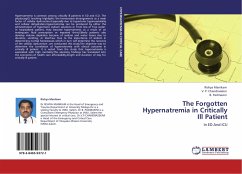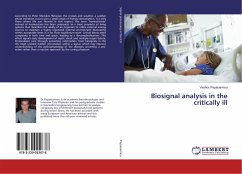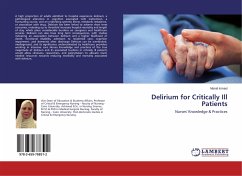Hypernatremia is common among critically ill patients in ED and ICU. The physioLogiQ teaching highlights the hemeostasis derangements as a main factor of cellular dysfunction.Esspecially due to hypertonic hyperosmolality and cellular dehydration.Hypernatremia can be produced by either the administration of hypertonic sodium solutions or from loss of free water. In hospitalized patient, they become hypernatremic as a result of an inadequate fluid prescription or impaired thirst.Elderly patients also develop volume depletion because of sodium and water losses due to diuretics, vomiting, or diarrhea. Due to the importance of sodium in determining normal homeostasis which in turn will determine the recovery of the cellular dysfunction ,we conducted this study.The objective was to determine the correlation of hypernatremia with clinical outcome in critically ill patient. It is noted from the study that hypernatremia is associated with high mortality.This alarming findings has translated into the economics of health care affordability,length and duration of stay for critically ill patient.
Bitte wählen Sie Ihr Anliegen aus.
Rechnungen
Retourenschein anfordern
Bestellstatus
Storno








